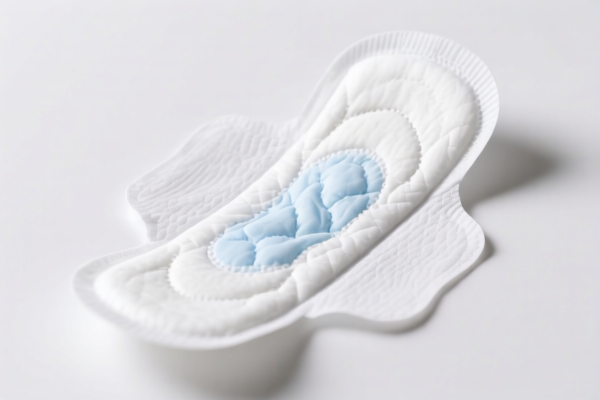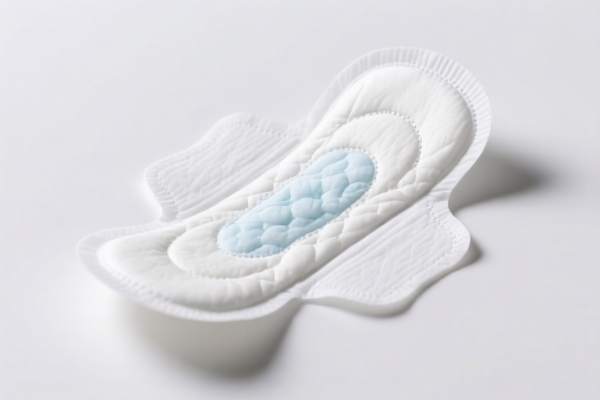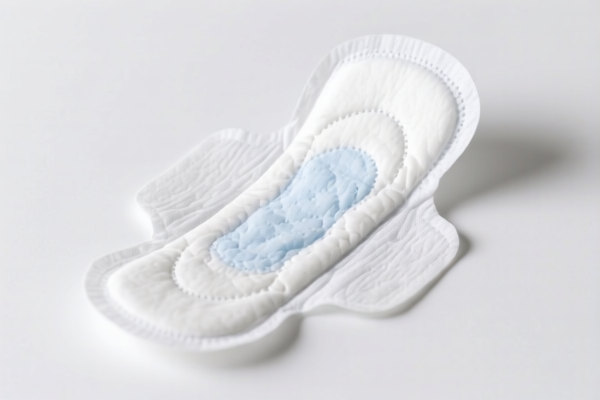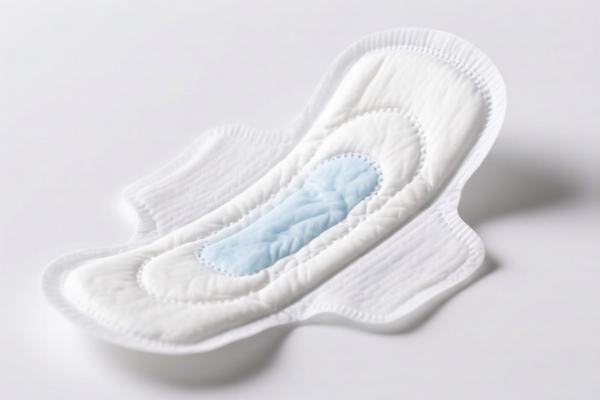| HS Code | Official Doc | Tariff Rate | Origin | Destination | Effective Date |
|---|---|---|---|---|---|
| 4823901000 | Doc | 55.0% | CN | US | 2025-05-12 |
| 4823907000 | Doc | 55.0% | CN | US | 2025-05-12 |
| 4805911090 | Doc | 55.0% | CN | US | 2025-05-12 |
| 4805915000 | Doc | 55.0% | CN | US | 2025-05-12 |




Dewatering Pad
A dewatering pad is a containment system designed to manage fluids released during the dewatering process of various industrial operations. These pads are typically used to collect and contain water, oil, and other liquids, preventing contamination of the surrounding environment.
Material:
- Geotextiles: Commonly polypropylene or polyester, providing filtration and separation. Multiple layers are often used for increased strength and filtration capacity.
- Absorbent Pads: Constructed from polypropylene, often containing super-absorbent polymers (SAPs) to enhance liquid absorption.
- Sorbents: Materials like peat moss, cellulose, or synthetic polymers used for absorbing oil and other hydrocarbons.
- Impermeable Liners: Polyethylene or other synthetic materials to prevent seepage into the ground.
- Containment Berms: Constructed from various materials like soil, sandbags, or specialized containment structures.
Purpose:
The primary purpose of a dewatering pad is environmental protection. Specifically, they aim to:
- Contain Spills: Prevent the spread of released liquids during dewatering operations.
- Facilitate Cleanup: Simplify the collection and removal of contaminated fluids.
- Meet Regulatory Requirements: Comply with environmental regulations regarding water discharge and spill prevention.
- Prevent Soil and Water Contamination: Protect groundwater, surface water, and surrounding land.
Function:
Dewatering pads function through a combination of physical containment and absorption:
- Containment: Berms or constructed walls prevent liquids from spreading beyond the pad's boundaries.
- Filtration: Geotextiles filter out sediment and particulate matter.
- Absorption: Absorbent pads and sorbents soak up liquids, reducing the volume of free fluid.
- Collection: Collected fluids are often pumped or vacuumed from the pad for proper disposal or treatment.
Usage Scenarios:
- Hydrotesting: Containing water released during pressure testing of pipelines or vessels.
- Well Development/Rehabilitation: Managing water produced during well completion or cleanup.
- Pipeline Maintenance: Containing water and other fluids during pipeline repairs or tie-ins.
- Tank Cleaning: Containing liquids released during the cleaning of storage tanks.
- Spill Response: Providing temporary containment for accidental spills.
- Environmental Remediation: Managing water during site cleanup operations.
- Fracking Operations: Containing flowback water and produced water.
Common Types:
- Spill Containment Pads: Relatively small, portable pads used for containing minor spills and leaks.
- Hydro Test Pads: Larger pads designed specifically for containing water released during hydrotesting.
- Roll-Off Containment Systems: Large, portable containment systems that can be easily moved and deployed.
- Custom-Designed Pads: Pads tailored to specific site conditions and operational requirements.
- Sorbent Pads: Primarily used for absorbing oil and other hydrocarbons.
- Geotextile Containment Systems: Utilize multiple layers of geotextiles for filtration and containment.
Dewatering pads fall under the category of paper, paperboard, cellulose wadding, or webs of cellulose fibers, cut to size or shape, or other articles made from these materials. Here are the relevant HS codes based on the provided information:
- 4823901000: This HS code covers “Other paper, paperboard, cellulose wadding and webs of cellulose fibers, cut to size or shape; other articles of paper pulp, paper, paperboard, cellulose wadding or webs of cellulose fibers: Other: Of paper pulp”. This would apply if the dewatering pad is made of paper pulp. The total tax rate is 55.0%, comprised of a 0.0% base tariff and a 25.0% additional tariff, increasing to 30% after April 2, 2025.
- 4823907000: This HS code covers “Other paper, paperboard, cellulose wadding and webs of cellulose fibers, cut to size or shape; other articles of paper pulp, paper, paperboard, cellulose wadding or webs of cellulose fibers: Other: Other: Other: Of cellulose wadding”. This would apply if the dewatering pad is made of cellulose wadding. The total tax rate is 55.0%, comprised of a 0.0% base tariff and a 25.0% additional tariff, increasing to 30% after April 2, 2025.
Important Note: Determining the correct HS code depends on the material composition of the dewatering pad. If the pad is made of paper pulp, use 4823901000. If it is made of cellulose wadding, use 4823907000.
Customer Reviews
The breakdown of trade details was exactly what I needed to prepare for my first export shipment. Highly recommend this page to anyone in the industry.
The page is very informative, but I wish there were more examples of how to apply the HS codes in different regions. Still, it's a solid resource.
I love how specific the details are about plastic builder’s doors. It’s rare to find such focused information on export regulations.
The information on HS codes was well-organized. It saved me a lot of time trying to figure out the correct classification for my product.
I was impressed with the level of detail on the tariff rate for the US. It helped me calculate my costs accurately before shipping.